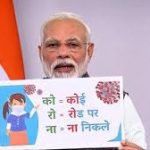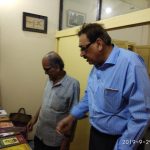DANA has reopened on 1st July 2020. Currently the Visiting Hours will be limited between 12 & 4 pm daily. As per protocol, the visiting time for each client shall be restricted to 10 -15 minutes. Only one person accompanying the Client/ Patient shall be allowed after proper sanitization and Thermal Check.
All are requested to cooperate.
ONLINE COUNSELLING/ CONSULTATION WILL ALSO CONTINUE. FEES WILL BE ACCEPTED ONLINE AND ALSO AT THE RECEPTION DESK.





















